Blame it on change, uncertainty or both, the result is the same: A great many physicians are overwhelmed by mandates and initiatives consuming substantive resources and taking time away from patient care.
“We are running as fast as we can, trying to see a large volume of patients in order to be reimbursed, yet that reimbursement keeps diminishing,” Tom Doerr, MD, director of innovation research for Lumeris, told Medical Practice Insider. “I like to [use] the term ‘hamster wheel healthcare,’ because it accurately depicts what physicians are facing.”
With an estimated 25 million previously uninsured patients climbing aboard the fee-for-service model through healthcare reform, “the demand on physicians to see more patients in less time is only going to grow,” Doerr added, which means now, more than ever, physicians need to take a proactive stance against fading out.According to Doerr, that stance entails the following:
1. Remodel your payment system. “Burnout is primarily tied to fee-for-service medicine, so avoiding burnout requires value-based reimbursement and re-architecting physician practices for value.” One needn’t be skilled in the redrafting of fiscal routes either; software solutions are available for medical practices.
2. Take the team approach. “A key step toward capacity expansion involves creating and effectively leading a solid care team of care managers, care coordinators, social workers and nurse practitioners whom the primary care physician trusts to deliver the best care possible to patients,” Doerr said. “By taking a team approach, the responsibilities involved in providing quality,
coordinated care are shared among a team of highly trained and efficient medical professionals. This results in shared responsibilities and less burned-out physicians.”
3. Turn to technology. Perhaps the easiest way to expand capacity, avoid physician burnout and prevent a pending physician shortage is to use technology. There is currently little incentive for physicians to use most technologies, however, because they are not reimbursed for their time spent — for example, responding to patient queries via e-mail. This is despite numerous studies indicating that telehealth reduces cost and increases patient satisfaction, Doerr said. In 2013, a study conducted at HealthPartners in Minnesota found that online visits for simple conditions delivered savings of $88 per encounter, and 98 percent of the patients receiving treatment said they would recommend the service to a friend.
Calling the range of technologies available today “the industry’s greatest burnout antidote,” Doerr continued that IT’s promise will stay largely unrealized until the way care is paid for changes.
“Physicians enter the medical field with the best intentions; we want to help and heal people. Our career satisfaction is largely dependent on whether we feel we can do that,” Doerr said. “Until reimbursement is restructured and physicians are paid for the value — not volume — of care delivered, physician burnout and shortage will remain a real problem and threat to the healthcare industry.”

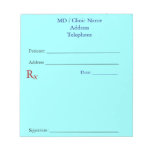
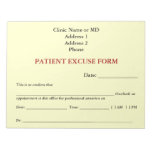
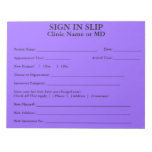
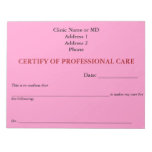


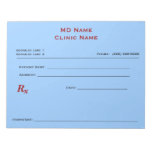
No comments:
Post a Comment